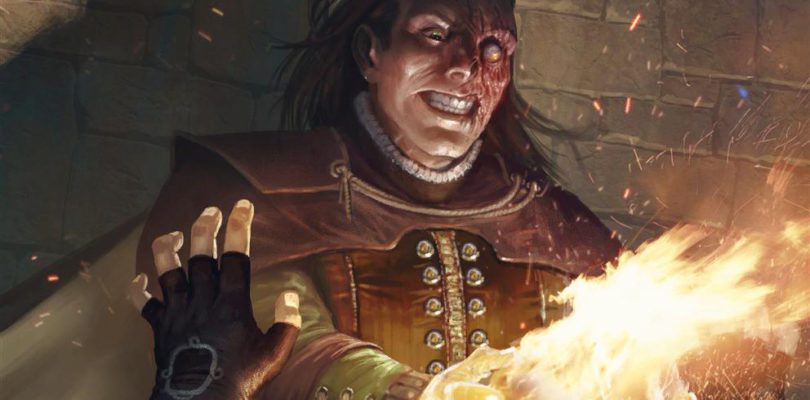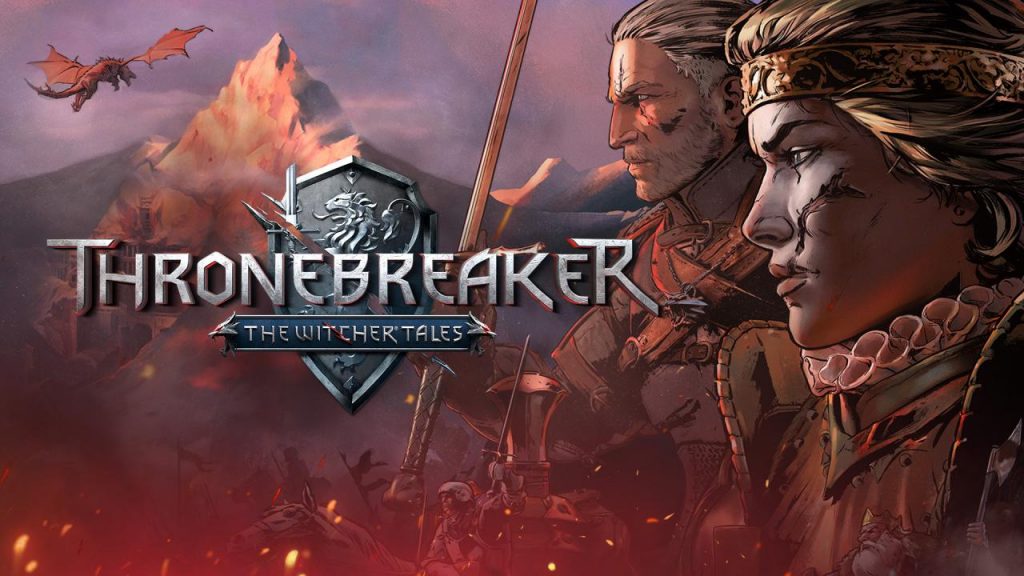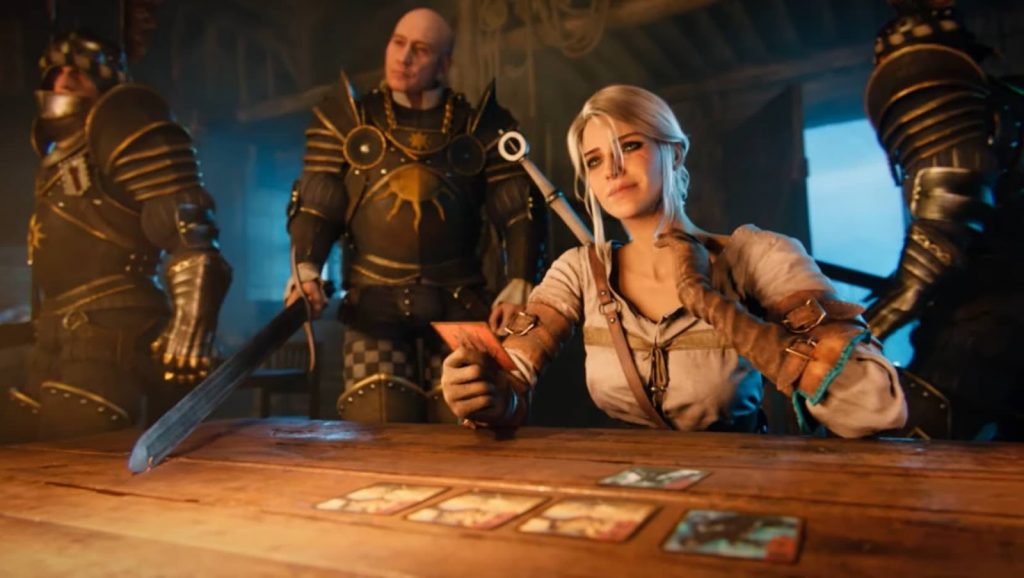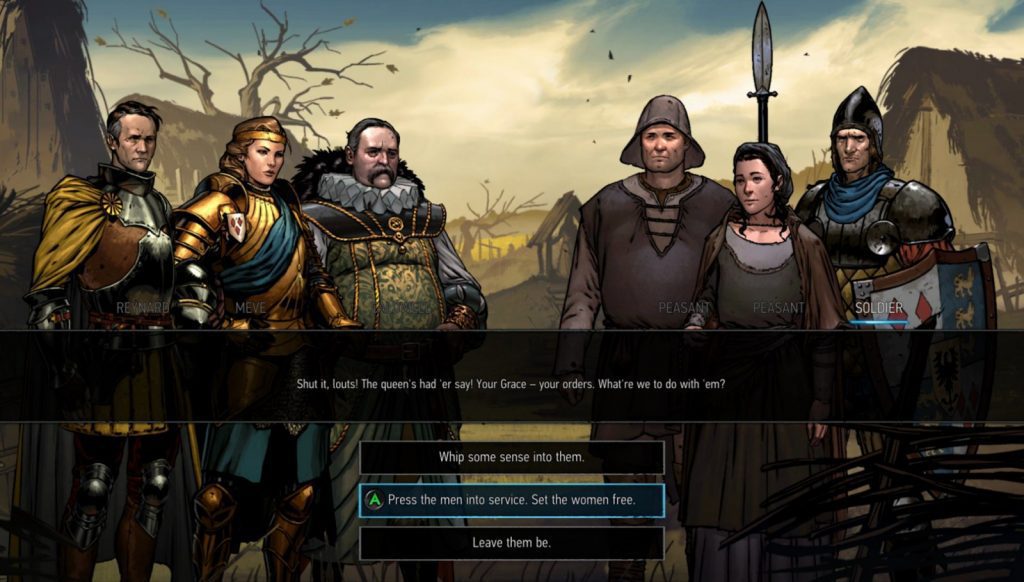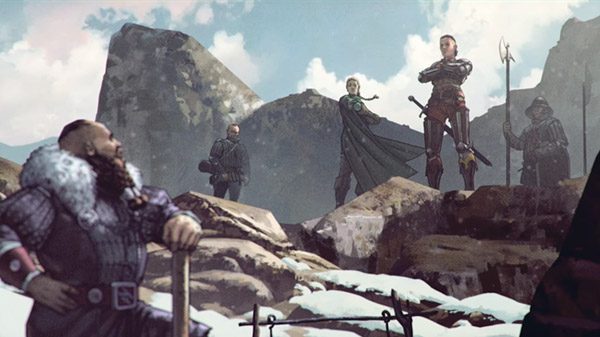Gwent is a turn-based card game between two players, with each game taking three rounds. Each player must play one card each turn from a deck of at least twenty-five cards. Each deck belongs to a faction that offers different play styles. Each faction has different “leaders” who each have individual abilities. As Gwent does not use a mana system like most traditional CCGs, card advantage is often what wins the game.
The goal is to win two of three rounds by playing cards and spells to gain points called “power” on the board. A player wins a round by having more points on board than their opponent. Rounds end when either both players pass to the next round, or when both players run out of cards. The first to win two out of three rounds wins
The Homecoming Update[, which was released in conjunction with Thronebreaker: The Witcher Tales, changed the game in a number of ways. The leader is no longer a playable card; it now gives the player an ability, and dictates how many mulligans are available to the player throughout the course of a match. The limits on how many gold and silver cards can be in a deck has been removed. Deckbuilding now uses a Recruit Cost system. Decks have a Recruit Cap of 165, with each card in the game having a Recruit Cost associated with it. The update also removed the siege row from the play area, leaving only the melee row and the ranged row. A new card type, artifacts, was added to the game. These do not contribute points to your side of the board but offer varying abilities.
Arena Mode functions as a draft mode, where players must build a deck from random cards. The player will pick one of four cards of identical rarity randomly shown. Twenty-six cards are drafted, and then a leader is chosen from 3 randomly shown leaders. The cards shown are from a pool of all cards, meaning decks can contain cards from all factions. There is no limit on how many gold cards or silver cards can be in the deck, and any number of duplicates can be drafted.

